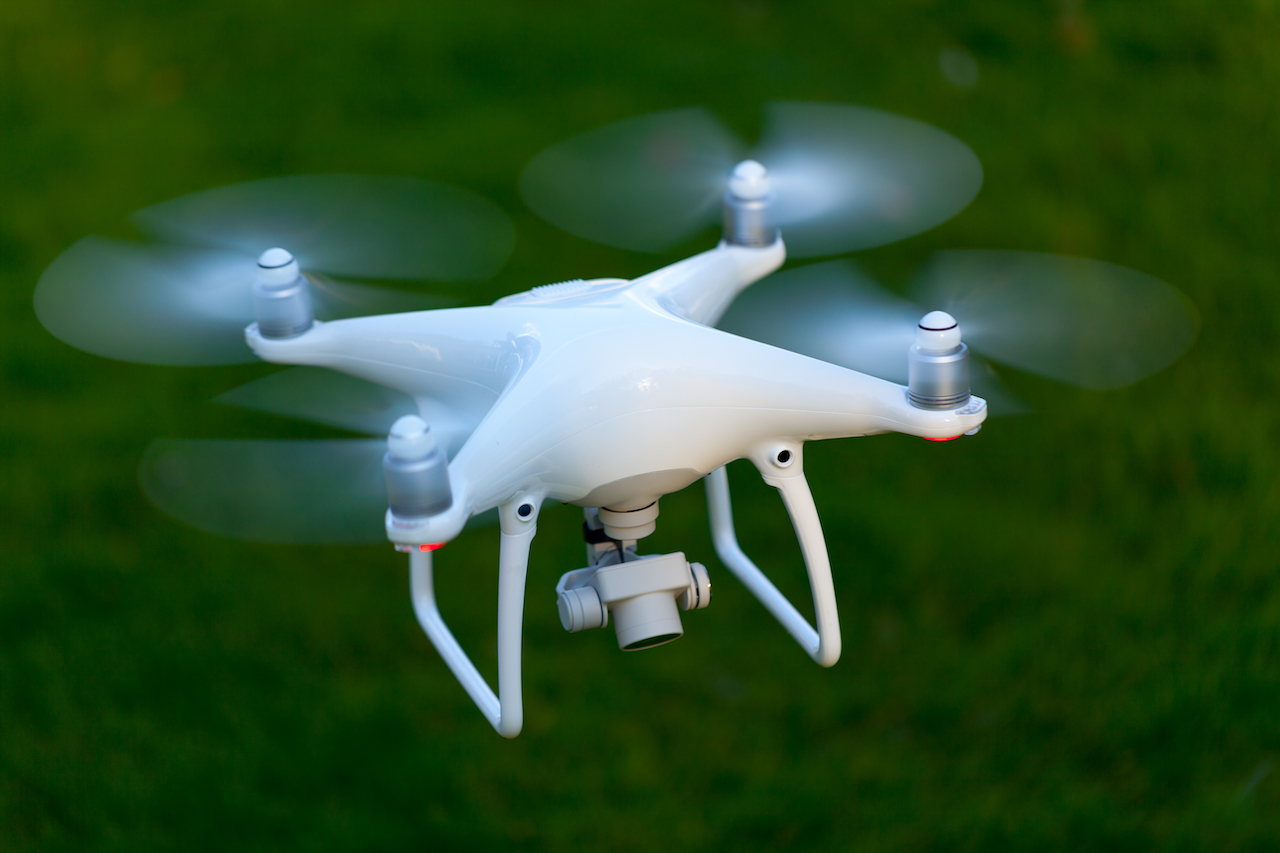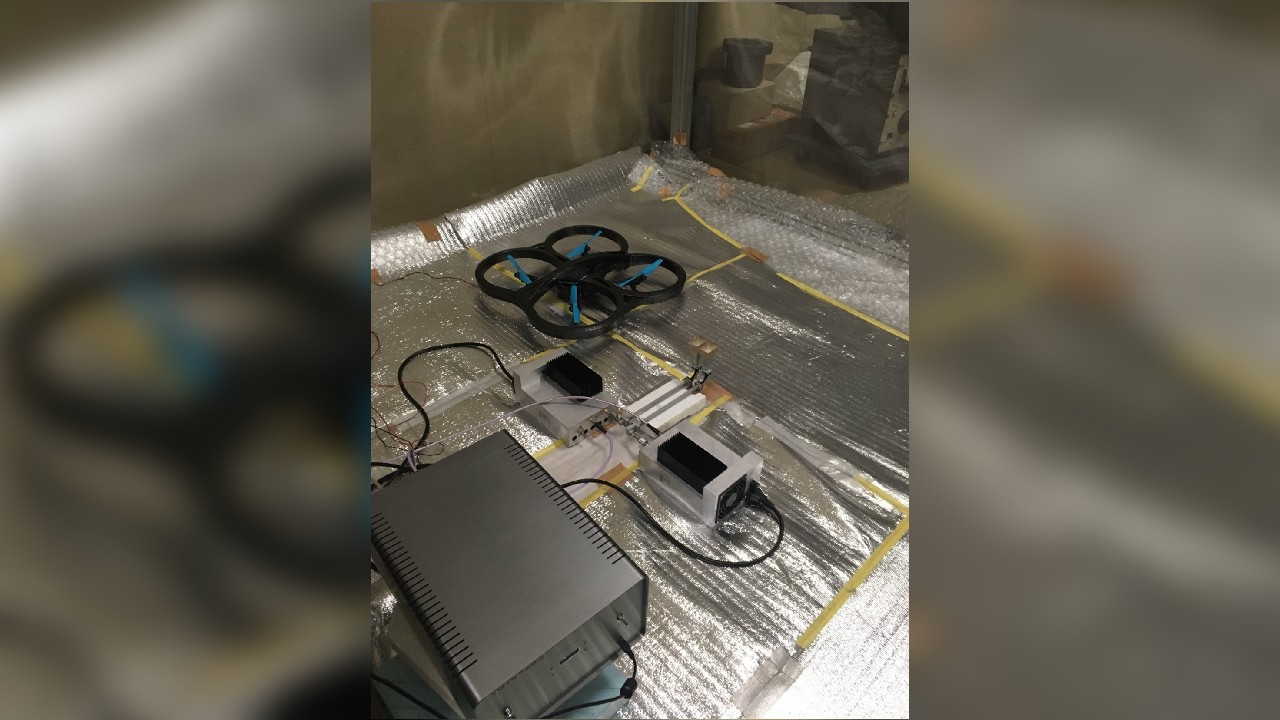
A microwave-powered rocket? Drone project suggests it may be possible
But a lot of work still needs to be done.

Researchers in Japan are using microwaves to power free-flying drones, a project that could possibly pave the way for a new type of rocket.
Currently, most rockets generate thrust by using controlled explosions of a solid or liquid fuel source, which can make up 90% of their total weight. However, new research published in the Journal of Spacecraft and Rockets demonstrates the potential of using an alternative source of fuel: microwaves.
Related: Future astronauts could make methane rocket fuel on Mars
Microwaves are a type of electromagnetic radiation. As such, they're jam-packed with energy that can be converted into electricity, much as sunlight can be converted to power by solar panels. In the new study, researchers generated electricity to fuel free-flying drones by beaming microwaves directly at them.
"In drone experiments, microwave power is sent from the antenna on the ground to the antenna on the drone. A rectifier is used to convert RF [radio frequency] to DC [direct current], and the DC power is used to drive the drone's motors. We call it "rectenna" (rectifier + antenna)," one of the new study's authors, Kohei Shimamura of the University of Tsukuba, told Space.com in an email.

Previous studies exploring microwave-powered propulsion used low-frequency waves but found that when the frequency is raised, the power transmission efficiency also increases. Taking this fact into account, the research team used high frequencies (28 gigahertz) to lift a 0.9-pound (0.4 kilograms) drone off the ground.
Sitting directly above the source of the microwave beam, the transmitted power enabled the drone to reach a height of around 2.6 feet (0.8 meters) for 30 seconds. "We used a sophisticated beam-tracking system to ensure that the drone received as much of the microwave power as possible," Shimamura said in a statement.
Get the Space.com Newsletter
Breaking space news, the latest updates on rocket launches, skywatching events and more!
In the experiment, 30% of the emitted microwaves were captured by the drone, and 40% of those microwaves were converted to electricity for propulsion.
Related: Why a microwave-beam experiment will launch aboard the Air Force’s secretive X-37B space plane
"These results show that more work is needed to improve the transmission efficiency and thoroughly evaluate the feasibility of this propulsion approach for aircraft, spacecraft and rockets,” Shimamura said. "Future studies should also aim to refine the beam-tracking system and increase the transmission distance beyond that demonstrated in our experiment."
Although the new research showcases the potential of microwave-powered propulsion, the technology largely remains in its infancy, especially when considering its potential use for rocket flight.
"The big challenge is to track the microwave to the rocket until it reaches an altitude of 100 km [approximately 62 miles]. In order to achieve this, it is necessary to control the phase of the thruster and microwave with high accuracy. Also, aligning the phase of multiple microwave sources with high power is a future challenge," Shimamura told Space.com via email. "Cost is a major issue as well as a technical challenge. Building a high-power source of several MW [megawatts] is equivalent to building a nuclear fusion power plant, and the cost of launching a rocket is currently very high."
Follow us on Twitter @Spacedotcom and on Facebook.
Join our Space Forums to keep talking space on the latest missions, night sky and more! And if you have a news tip, correction or comment, let us know at: community@space.com.

Scott is a staff writer for How It Works magazine and has previously written for other science and knowledge outlets, including BBC Wildlife magazine, World of Animals magazine, Space.com and All About History magazine. Scott has a masters in science and environmental journalism and a bachelor's degree in conservation biology degree from the University of Lincoln in the U.K. During his academic and professional career, Scott has participated in several animal conservation projects, including English bird surveys, wolf monitoring in Germany and leopard tracking in South Africa.









